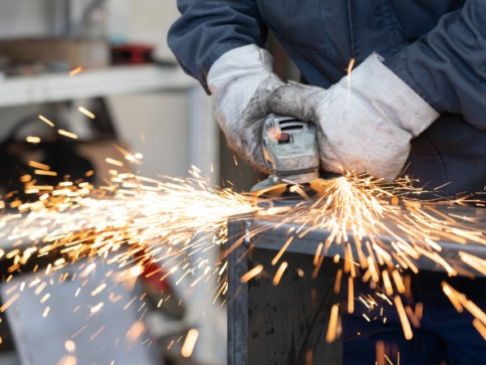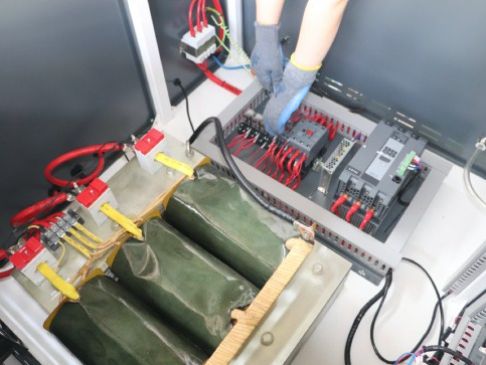Time:
When choosing a muffle furnace, there are several important factors to consider. Here are some of the most important factors to keep in mind:
Chamber size:
The size of the furnace's chamber is another important factor to consider. The chamber size will dictate the maximum size of the samples that can be processed. Choose a furnace with a chamber that can accommodate the largest sample you need to process.
Your Uses:
The most important factor is the specific application for which the furnace will be used. Depending on the process and industry, retort-based, box-type, or shell-type designs might be more applicable. Research that requires a wide temperature range might necessitate a box-type or shell-type muffle furnace. Be sure to consult an experienced furnace supplier to determine the best type for your needs.
Temperature range:
Muffle furnaces have maximum temperatures ranging from below 1,000 degrees Celsius (1,832 degrees Fahrenheit) to above 2,000 degrees Celsius (3,632 degrees Fahrenheit). Choose a furnace with a temperature range that exceeds your application's required temperature. It's always better to have more temperature capability than you need, as this gives you flexibility for future applications.
Machine safety:
Choose a furnace with safety features that exceed the minimum requirements for your application. These features might include automatic shut-off, over-temperature protection, and forced cooling. Look for models with self-diagnostic functions that make it easy to identify and correct problems. This function will ensure mechanical stability like sensor errors, door opening, heater disconnection, Triac short circuits, and over-temperature. However, not all models have self-diagnostics.
Samples:
The number of samples you can process at once is an important factor to consider. Smaller furnaces might be limited to processing just a few samples at a time, while larger furnaces might be able to accommodate dozens or even hundreds of samples. Choose a furnace that can accommodate the number of samples you need to process. For example, a shell-type furnace with a rotating carousel might be the best option if you need to process large samples. Ensure the furnace can accommodate the subject material or samples you are about to work with.
Crucible size:
The size of the crucible is another important factor to consider. The crucible is the container in which the sample is placed during processing. Make sure the furnace you choose can accommodate the size and shape of the crucibles you need to use.
Customization:
Some Laboratory furnaces can be customized to meet the specific needs of your application. Choose a furnace that can be configured to meet your exact specifications, like- an external communication adapter, exhaust system, sample tray, alarm output terminal, etc.
In conclusion, be sure to consult with an experienced furnace supplier to determine the best type of furnace for your needs. Consider the temperature range, number of samples, crucible size, input voltage, chamber size, material, safety features, and customization when choosing a muffle furnace.
Related News

ndustrial furnaces are used globally for a wide range of applications. As the selection of applications grew, different types of furnaces were developed to keep up with demands.
ASHING FURNACES
Ashing furnaces are used to determine the amount of ash that forms after a sample is burned. Typical materials used as samples in ashing furnaces are petroleum products, lubricating oils, and coal.

Our furnaces can be used in high-temperature tempering, annealing, quenching and other
Get A Free Quote
Submit Request